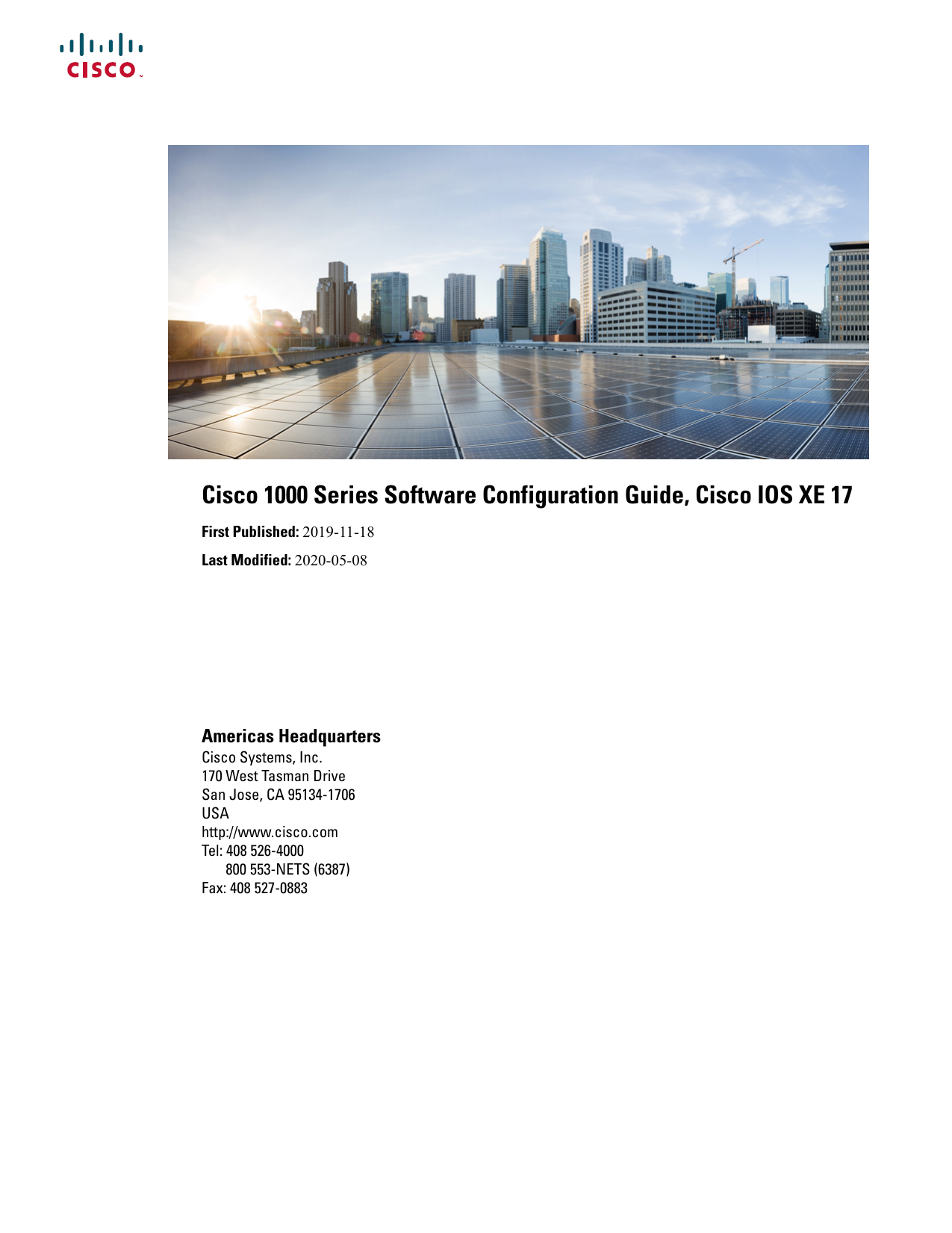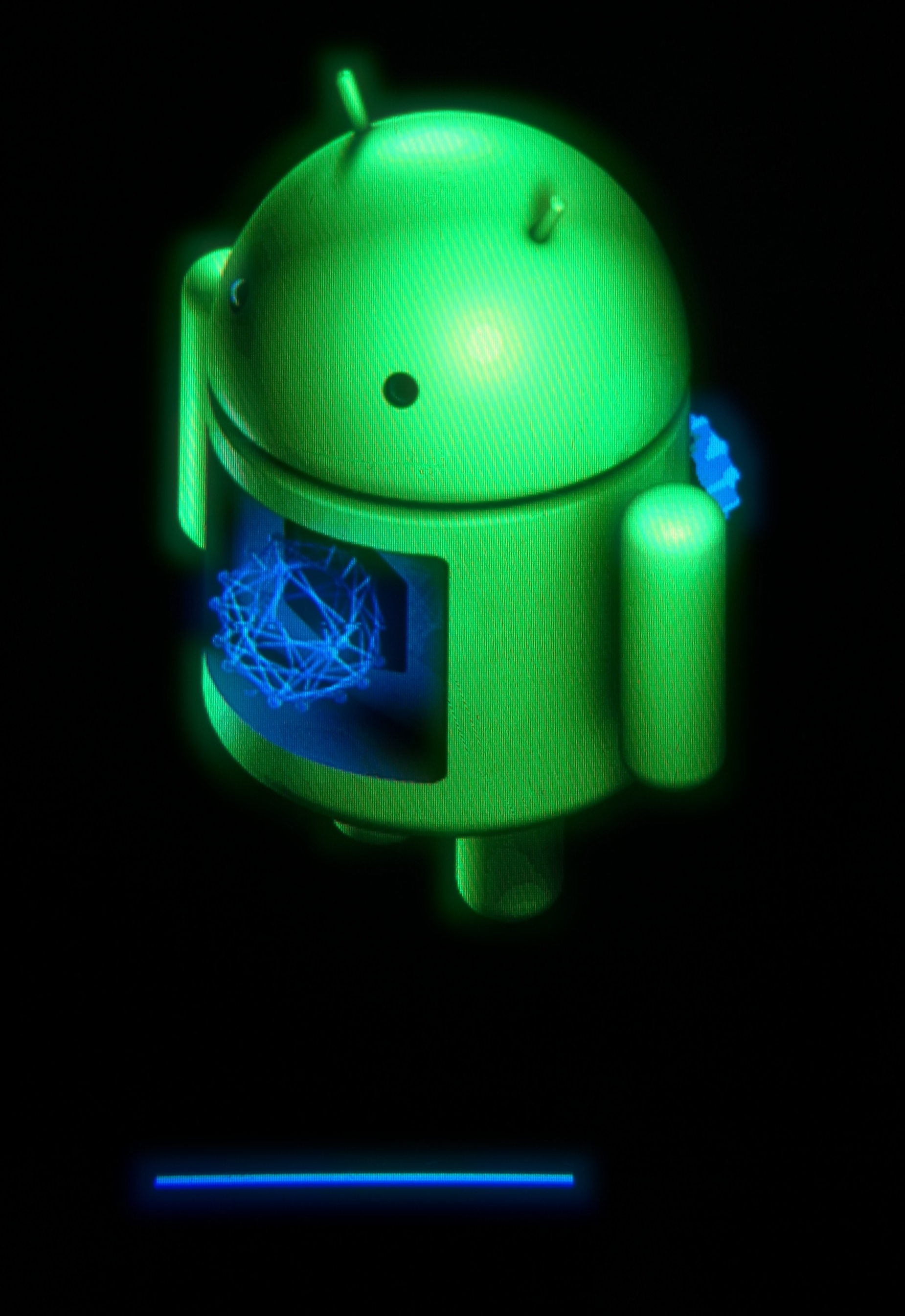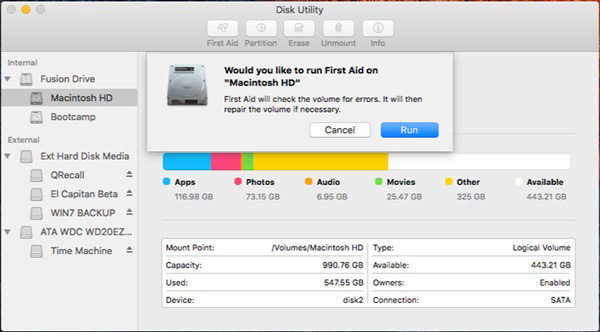

A majority of this installation guide should still prove useful for other Raspberry Pi systems besides the Pi 4/ Pi 3/Pi 2 however, the final steps focused on the installation of Node.js will not work for these systems based on the older ARMv6 architecture. The instructions provided here are for installing Node.js on a Pi 4 Model B, Pi 3 Model B+ or PI 3 Model B (all running ARMv8), or Pi 2 (ARMv7) rather than other models based on the ARMv6 chip such as the Raspberry Pi 1 Model B, Raspberry Pi Model B+ or the Raspberry Pi Zero.

The Raspberry Pi 4, for example, sports a 1.5 GHz quad-core ARMv8 chip with RAM options of 4 GB, 2 GB, or 1 GB versus the Raspberry Pi 1 Model B+’s 700 MHz single-core ARMv6 chip with 512 MB RAM.

I’m focusing on the Raspberry Pi 4/Pi 3/Pi 2 rather than older versions such as the Raspberry Pi Model B+ since these are the latest models at the time of this writing.
Word for mac update 16.9.1 stuck series#
In this installment of our LTM (Learning through Making) series of Node.js tutorials, we’re going to get Node up and running on a Raspberry Pi 4 (or Pi 3 or Pi 2). This article has been updated to cover the installation of both Raspbian Buster and the latest version of Node at the time of this writing which is Node 16.x.


 0 kommentar(er)
0 kommentar(er)
